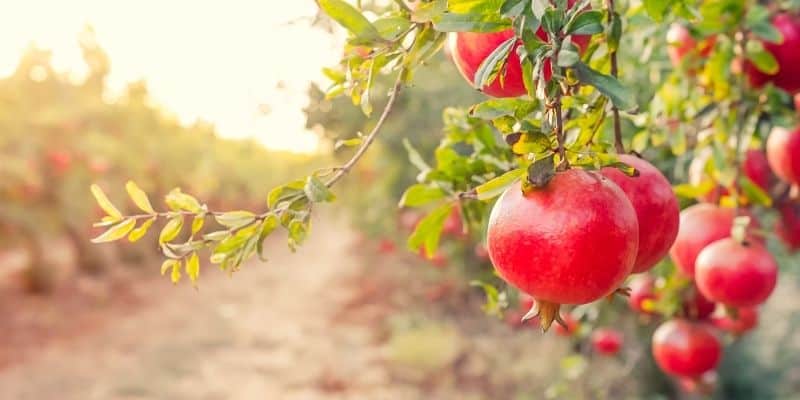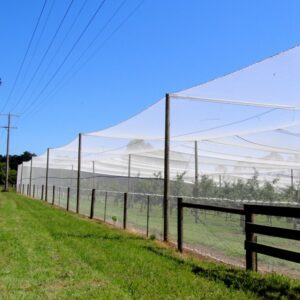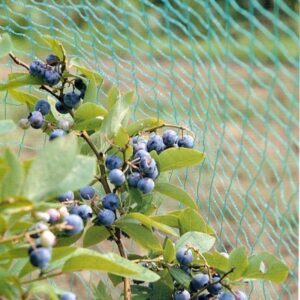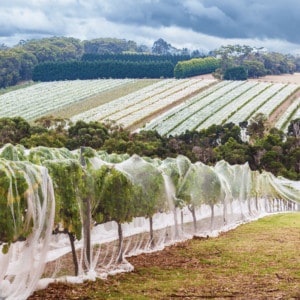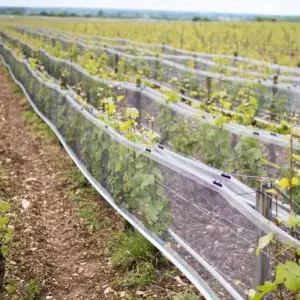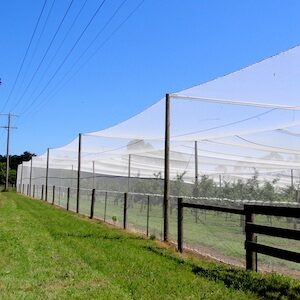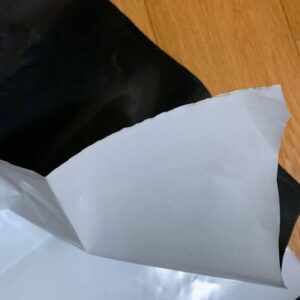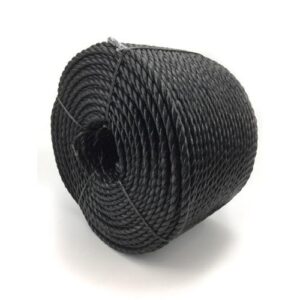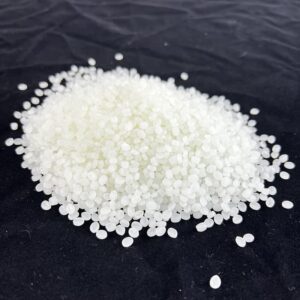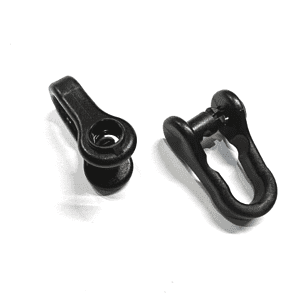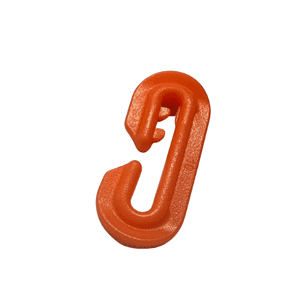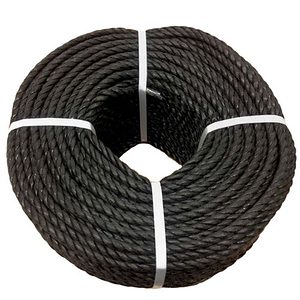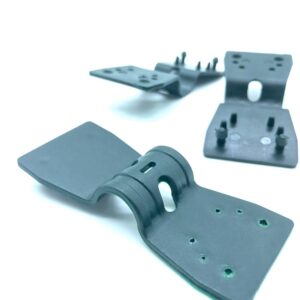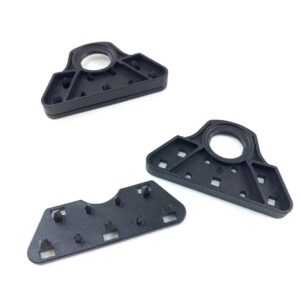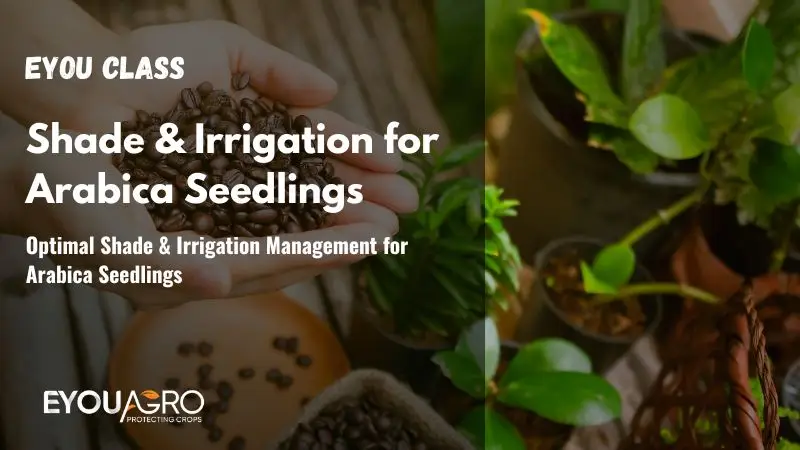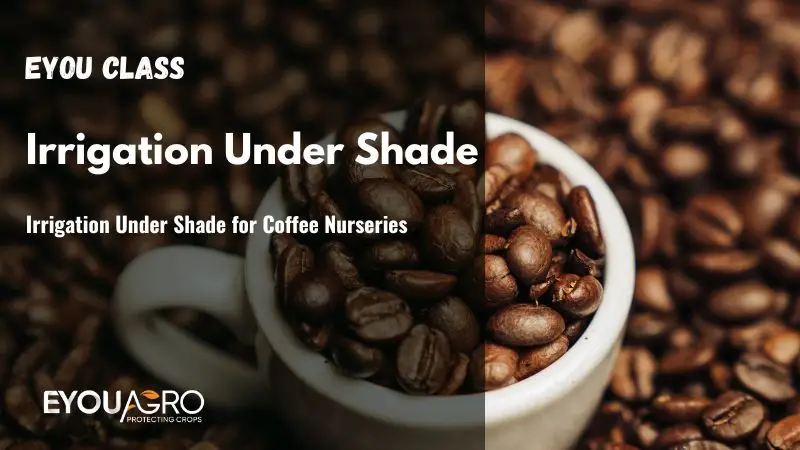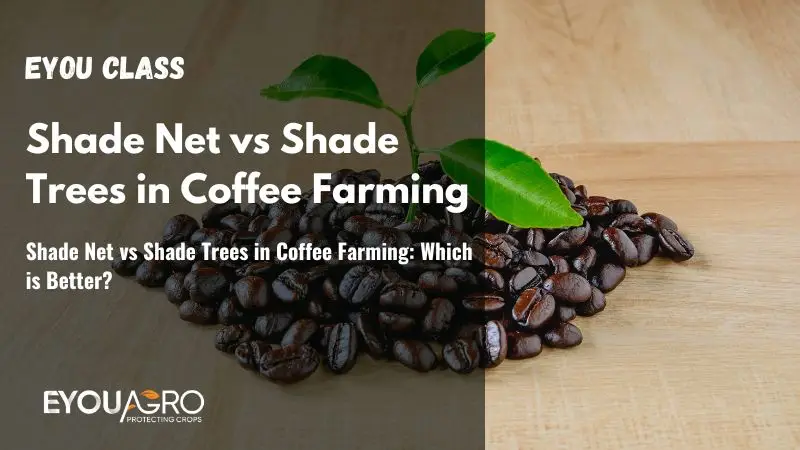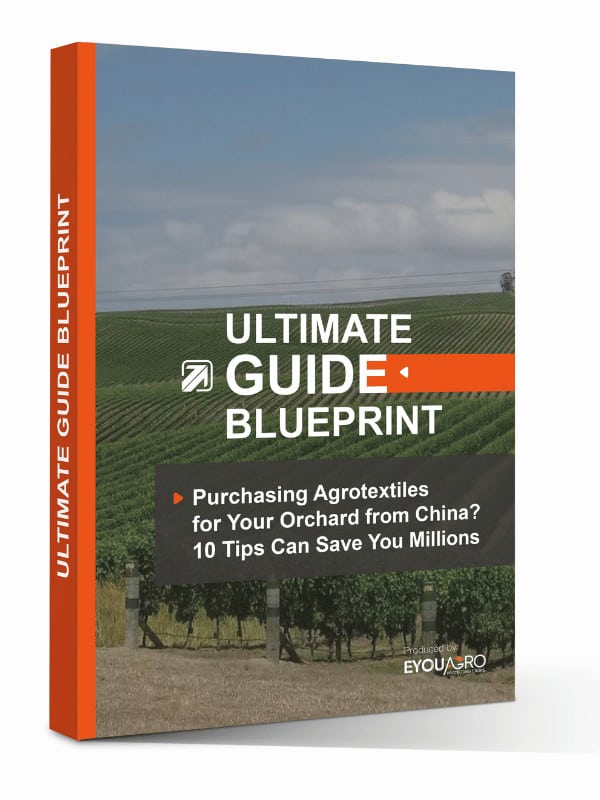Introduction
Do you know having a fruit tree netting yields higher production? Smart orchard owners know the netting technique and get higher packouts. Now you must be wondering how do they do it?
Keep on reading, and you will find the answer.
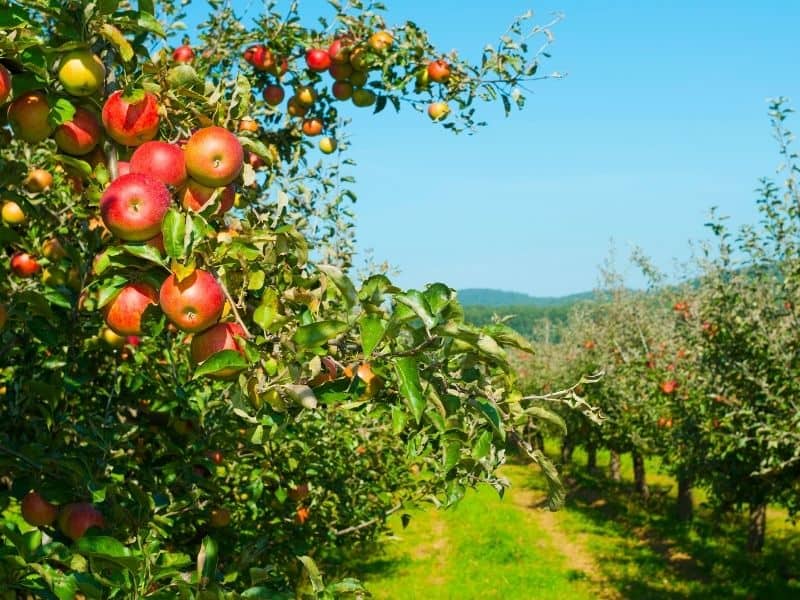
Your fruit trees started to become the target for birds, possums, and bats when it starts to commerce enough fruit. These wild creatures will be your first free customer who enjoys your fruit even before harvest. For such issues, fruit tree netting ensures the safety of your orchard till its harvest.
Installing fruit tree netting is not a challenging task. Some professionals do the job, or you can hire some labor if you know the procedure of installing it in an appropriate manner that is safe for wild animals.
Let’s get started with the things you need for installing the netting
Required materials for installing net
Below is the material list that you must have with you at the installation time.
- PVC pipe or timber, or a number of star pickets or Hardwood stakes or poles for setting the net. These are usually required when installing in a canopy or shade form. It helps in making a frame for the net.
- Electrical conduit piping and polyester wire for making a netting frame. The size of the piping depends upon the yard. If you want to cover in rows, then the size will be smaller, and if you wanted to cover a large scale, then the size will vary.
- Shade cloth pins to join the net
- Of course, fruit tree netting
- Ground cover pegs to secure the net with the ground.
- Hammer and ladder for setting the frame and installing the net.
- Weights like bricks or similar options to close the side and bottom thoroughly so that no wild creature can enter the orchard from the bottom side. Also, weights help put enough tension in the net, saving the wildlife animals.
Netting methods
When you begin the installation, make sure that the net is taut. Loose netting will probably become a trap for wild animals and likely lose its shape.
The first step in installing a fruit tree net is to make a frame for trees that will support the net. Frame shape can vary as per your requirement or need. You can make a box shape structure, a tipi, or row-wise, whatever suits your farm. The frame poles are PVC or hardwood stakes, as mentioned above. Keep in mind the frame should keep the netting away from the tree branches and is strong enough to be pulled.
The second step is to place the netting over the frame. Use clips if required to join the nets. To prevent slipping and sagging of the net, use clothes peg or cable ties attached to the edges. Clothes pegs will also make sure that the net is not a trap.
The third step is to place heavy objects like bricks wrapped at the bottom. Bricks will ensure the netting tension through the frame and prevent the animals from getting to the tree from the bottom.
The last step is to make a flap in the netting. A flap or an overlapping section allows a person’s entrance. This step is essential as a person can check, examine and water the fruit trees. Cut the net and cover it with some net pieces making a flap door. Clothes pegs will open and close the opening of the net.
The bounce tests
Brushtail possums usually weigh 3.5kg, while flying foxes’ weigh up to 1kg, and common ringtail birds weigh approximately 1.2kg. So, their weight can lose the net if not taut properly. For a net to be useful, it should be tight enough to hold the animal’s landing or crawling. After complete installation, we do the bounce test. Ideally, anything that weighs 3.5kg should bounce back off the net instead of sinking on it. This test will help you check the net installation is proper as per wildlife instructions or not. Besides this test, you should check your netting daily. This protection can sometimes still cause harm to the animals. It is better to check the net daily, even if installed correctly, and consult the professional if found any injured animals.
Tips
- Installation of fruit tree netting seemed easy. Right! There are few tips by which you can quickly secure the netting installation.
- If your orchard trees are large, then conduit the tie in the middle to form a plus sign before you tie it to frame poles. This tying is tricky to be done by one person, so it is better to have some help while securing it.
- Make sure that the tree branches are not in touch with the netting. The frame is high enough not to damage the tree and its fruits when you stretch the net. Otherwise, you will likely have more damaged ones instead of saving your plant.
- Beware of your guard dogs. Netting for them is playing with toys, so it is better to have a fence to save your net from your pet. But if ripped, you can repair it with cable ties.
- When estimating netting length, make sure to buy enough net so that you can secure it firmly to the ground.
Notes/Concluding remarks
Fruit tree netting is essential for saving your fruits from wild animals. All the installation material is readily available from any hardware store or farm suppliers’ stores. You can get your material as per your orchard requirement and get customized measurements. Before installing the netting, clean your orchard, meaning removing all the damaged or fallen fruits from the base of your trees. Either dump the damaged fruits or use them as fertilizer. Rotten fruits are likely to attract animals, so it is better to remove them first.
You should water your trees in summer even if covered with a net. The opening made when the installation will help you at the time of watering. Besides entering through the flap, you can water the trees through the net as well.
If you select correct netting and install it accurately, you can make your fruit tree netting wildlife safe. However, if it is not appropriately secured, there are very high chances of death of wild animals, which no one wants.
At Eyouagro, you can find various types of netting. Besides that, they have fruit tree netting designed in a wildlife-friendly manner. Their net has all the required features that a perfect fruit tree netting should contain. Visit now and get the best possible quote today and save your fruit trees from wildlife in a secure way.

